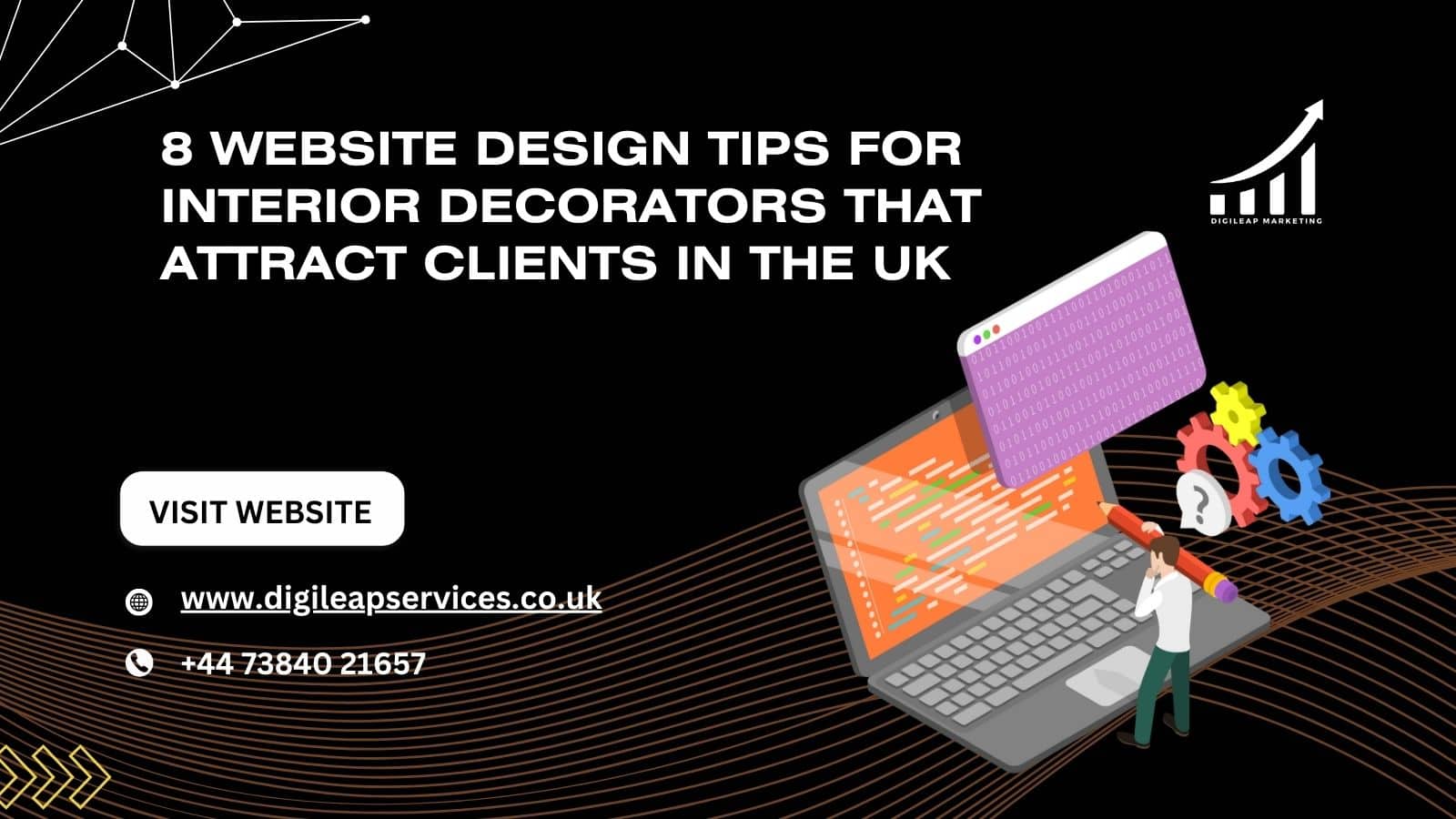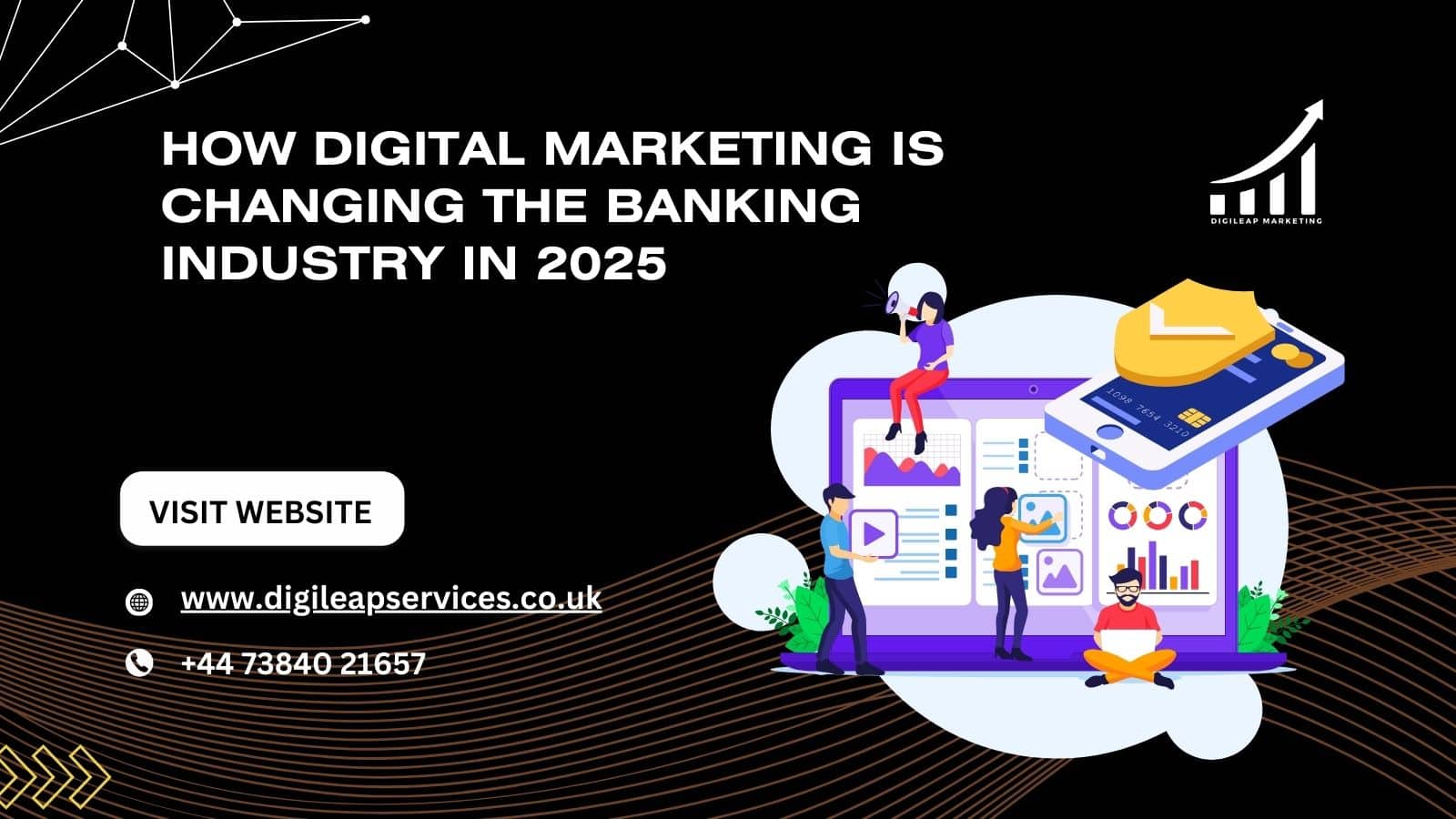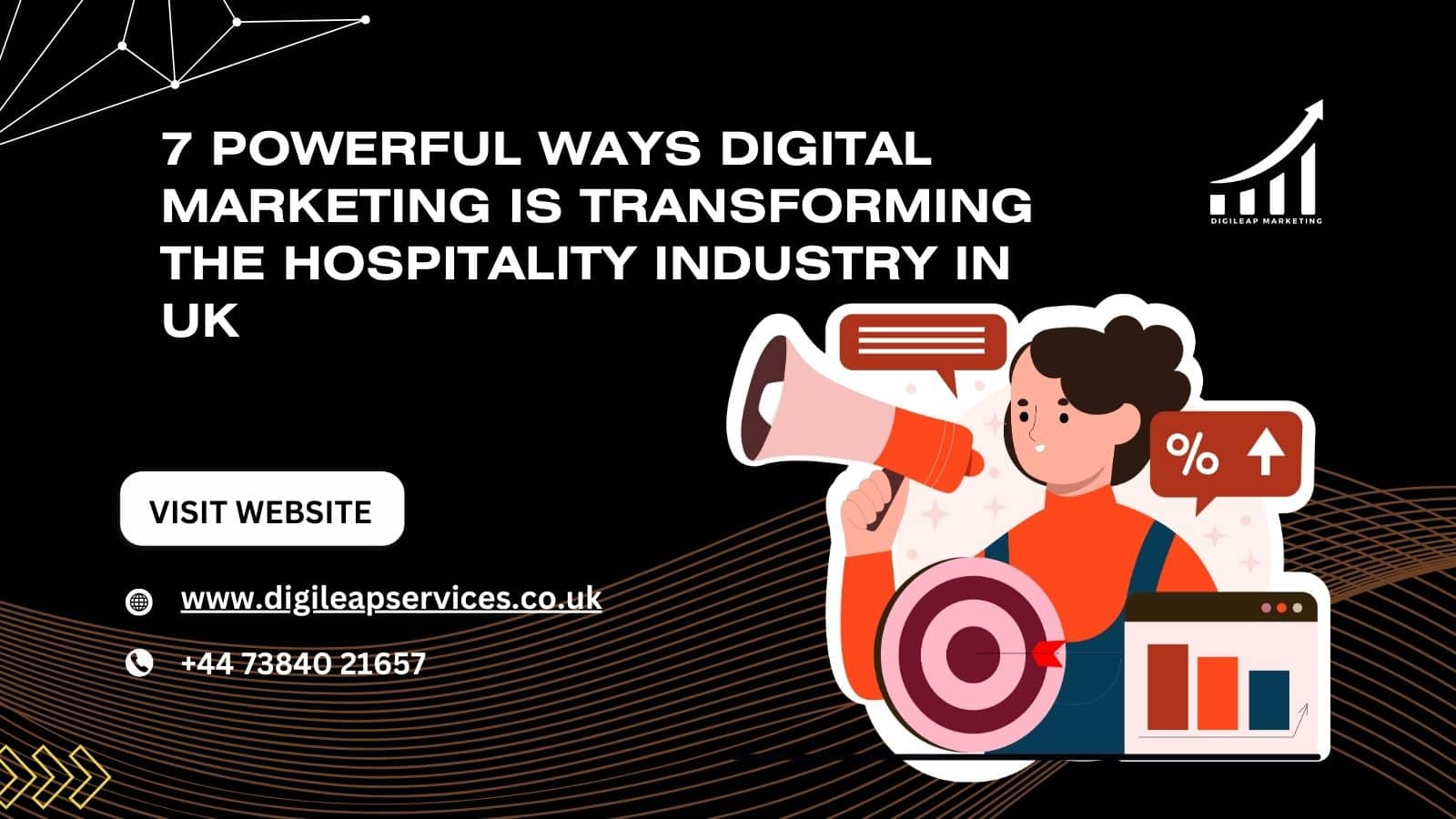8 Website Design Tips for Interior Decorators That Attract Clients in the UK
Alright, let’s cut through the fluff. In 2025, if your website’s , you might as well hang a “closed” sign on your virtual door. For interior decorators, that homepage isn’t just some pixelated business card—it’s your digital handshake. It’s vibe-check central, the place folks decide if you’re worth their time or just another Pinterest wannabe. You could be designing dreamy cottages or swanky penthouses—either way, your site has to ooze your style while screaming “pro.”
But, and it’s a big but, pretty’s only half the game. You want clients glued to the screen, scrambling for your contact form, not peacing out after two seconds. So, how do you build a website that’s not just a feast for the eyes but actually reels people in? Glad you asked.
Here are 8 legit website design tips for UK interior designers ready to quit blending in and start raking in dream clients.
1. Clean, Minimal Vibes Only
Let’s be clear—interior design’s about flow and simplicity. Don’t turn your site into a digital junk drawer with rainbow buttons and bouncing sponsors. Stick to a tidy, minimal look. White space is your friend—it gives everything room to breathe, you know? The layout should be so easy that your nan could figure it out. The homepage? Think of it as your swish entry hall: make folks go “wow,” but know exactly where the loo, er, portfolio is.
Also Read ==> What to Look for in an SEO Company in London: A Complete Guide
2. Killer Photos or Don’t Bother
Look, interior design is nothing if not pure eye candy. If your pics look like they were shot on a potato, fix that. High-res only. Before-and-afters, sneaky little detail close-ups, the whole shebang. Drop a few quid on a real photographer or learn to edit like a pro. Visual stories build trust fast—folks want to SEE you’re the real deal.
Don’t mess about—make sure your images:
– Load in a snap (no one’s waiting).
– Look fab on phone and desktop.
– Have proper ALT tags so you’re not invisible on Google.
3. Ditch the Robot Talk—Tell Your Story, For Real
Nobody’s looking for a faceless design bot, alright? People hire people, not portfolios. An “About Me” or “Our Story” page is. Get a bit personal! Why do you love design? Got any weird rituals or funny stories from hellish projects? Share them. Get real. It’s the emotional stuff that makes people say, “I want to work with you.”
And hey, name-drop your trusty tech partner—Digileap Services, for example. They’ve helped loads of UK creatives level up their web presence. No shame in a little shoutout.
4. Navigation: Keep it Dumb-Easy
Pretend you’re lost on your site. Is finding your services as easy as grabbing a biscuit, or do users need Sherlock Holmes? Top sites make navigation idiot-proof—clear menus, buttons, and contact info. Limit your navigation bar to 5 or 6 things—no more.
Basic must-have pages:
– Home
– About
– Portfolio
– Services
– Blog or Resources
– Contact
Bonus points if you toss in a search bar or breadcrumb thingy. Fast and stupid-easy—that’s the goal, mate.
There you go—no jargon, just straight talk. Your website deserves better than being just another lonely corner of the internet.
5. Add Client Testimonials and Trust Signals
Nothing boosts credibility like social proof. Add testimonials from happy clients, especially those who had challenges you helped solve. Use their real names and even photos if possible.
You can also include:
- Industry certifications
- Awards or recognitions
- Featured press or collaborations
For UK audiences, trust is everything. A testimonial can give hesitant clients the push they need to reach out.
Pro tip: Use a slider or carousel to showcase reviews dynamically without taking up too much space.
6. Make Your Website Mobile-Friendly
More than half of website visits today come from smartphones. If your site looks messy or slow on mobile, you’ll lose potential clients before they even see your work.
Here’s what a mobile-friendly site needs:
- Responsive design (auto-adjusts to screen size)
- Fast loading speed
- Clickable buttons and readable text
- No popups that block the whole screen
A seamless mobile experience can increase time spent on your site—and conversions.
7. Write Engaging Blog Posts or Style Guides
Adding a blog or inspiration page shows you’re not just a decorator—you’re an expert.
Use this space to:
- Share before-and-after transformations
- Give home styling tips
- Explain colour trends or seasonal décor
- Answer common client questions (like “How do I pick the right sofa?”)
Blogging boosts SEO (search engine rankings), builds your authority, and gives visitors a reason to return.
Want expert guidance for content creation and design? Digileap Services can help you turn design insight into client engagement with smart, SEO-driven strategies.
8. Add Clear Calls to Action (CTAs)
Finally, don’t let visitors wonder what to do next. Add clear, friendly calls to action that invite users to contact you, book a consultation, or view your portfolio.
Example CTAs:
- “Let’s Design Your Dream Space”
- “See My Latest Work”
- “Book a Free Discovery Call”
Use buttons that stand out and match your site’s aesthetic. Don’t go overboard—one CTA per page section is enough.
A well-placed CTA can turn casual browsers into committed clients.
Final Thoughts
As an interior decorator in the UK, your website should reflect the same care and creativity you bring to every project. It’s not just about looking good—it’s about building trust, showing results, and inviting action.
When done right, your site can be your most powerful client magnet.
With thoughtful design and expert digital support from Digileap Services, you can turn your online presence into a tool that works for you 24/7 while you focus on doing what you love.
TL;DR
8 Website Design Tips for UK Interior Decorators:
- Keep it clean and minimal
- Use high-quality images of your work
- Share your story authentically
- Make navigation easy and clear
- Add client testimonials and trust signals
- Optimise for mobile devices
- Create helpful blogs or guides
- Use clear, inviting calls to action
A beautiful, user-friendly website is key to attracting and converting clients, and with the right tools and support, it’s easier than ever.







